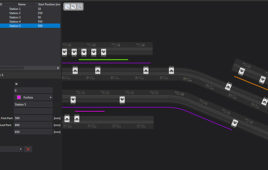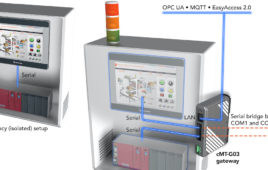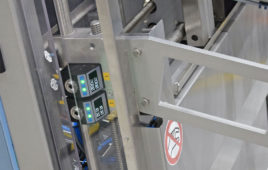Mechanochemistry is a widespread synthesis technique in all areas of chemistry. Various materials have been synthesized by this technique when the classical wet chemistry route is not satisfactory. Characterization of the reaction mixture is however much less accessible than in solutions.
Recently, in situ observations of a mechanochemical reaction were achieved by X-ray diffraction and by Raman spectroscopy. For the first time solid-state reactions were directly tracked, revealing phase transitions and other material transformations during synthesis in a ball mill jar. A research group in 2013 were pioneers in the field of in situ ball-milling experiments; they were able to observe a mechanochemical reaction by probing the entire milling container of a shaker mill device with synchrotron radiation. This technique has become increasingly popular in different fields of mechanochemistry.
As the X-rays go through the entire jar, the diffraction patterns present a high background due to the scattering from the thick walls of the jar. Also, broad diffraction peaks are expected ffrom the sample as a result of probing a large sample area covering the entire jar. In practice diffraction peaks appear as doublets as the material sticks at the opposite walls of the jar, characterised by different sample-to-detector distances. An extra complexity arises from diffraction on the milling balls.
Tumanov et al. [(2017). J. Appl. Cryst. 50. doi:10.1107/S1600576717006744] show that all these issues can be resolved by modifying the geometry and material of the milling jar, they propose different jar designs with a 3D printer. They then go on to show how this useful production tool can quickly make milling jars optimized for improved background, absorption and angular resolution in X-ray powder diffraction experiments; they are also more resistant to solvents compared with PMMA. 3D printing allows for low-cost fast production on demand. Source files for printing the jars are available as supporting information in the paper.
Filed Under: 3D printing • additive • stereolithography, M2M (machine to machine)




